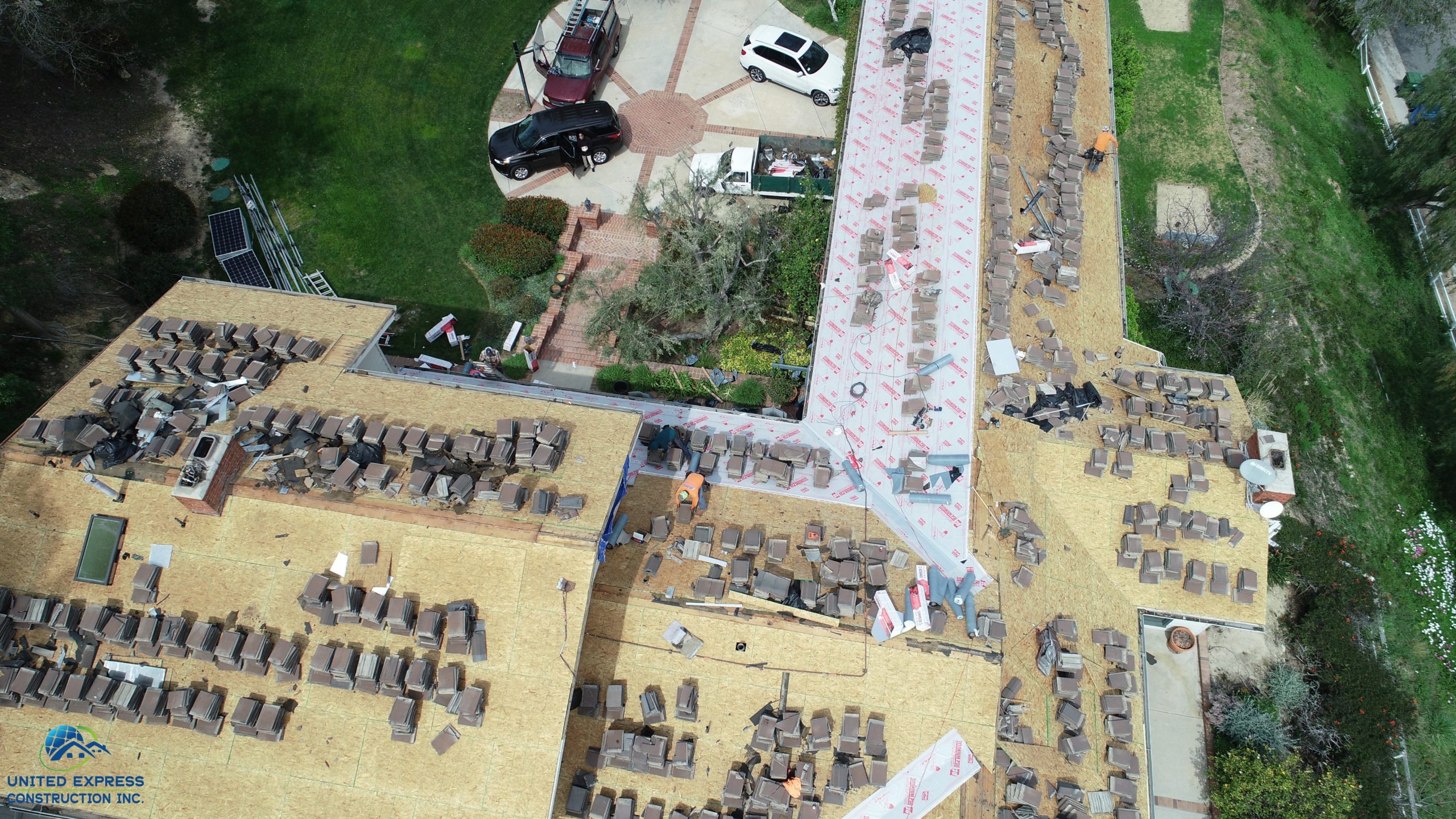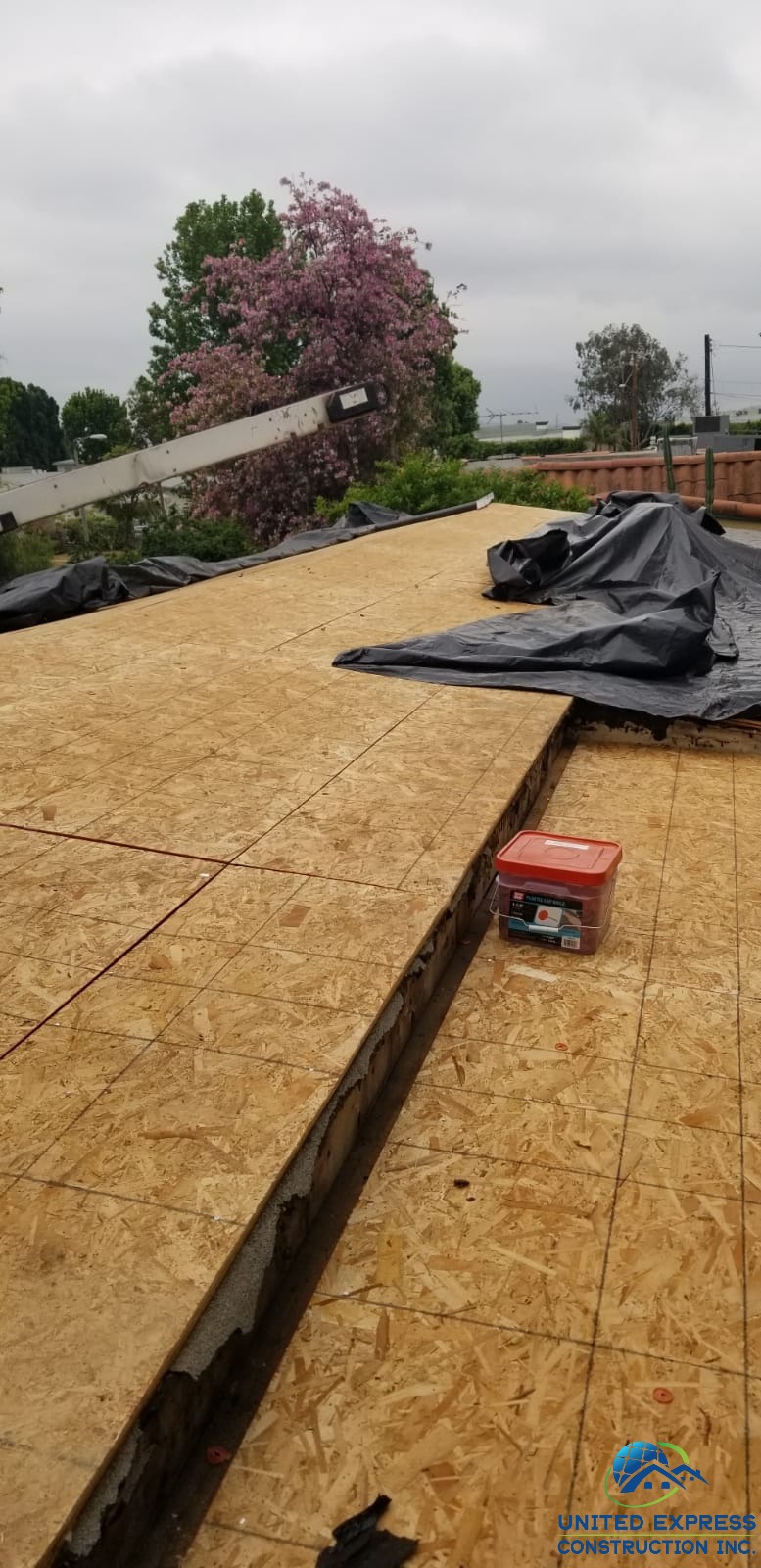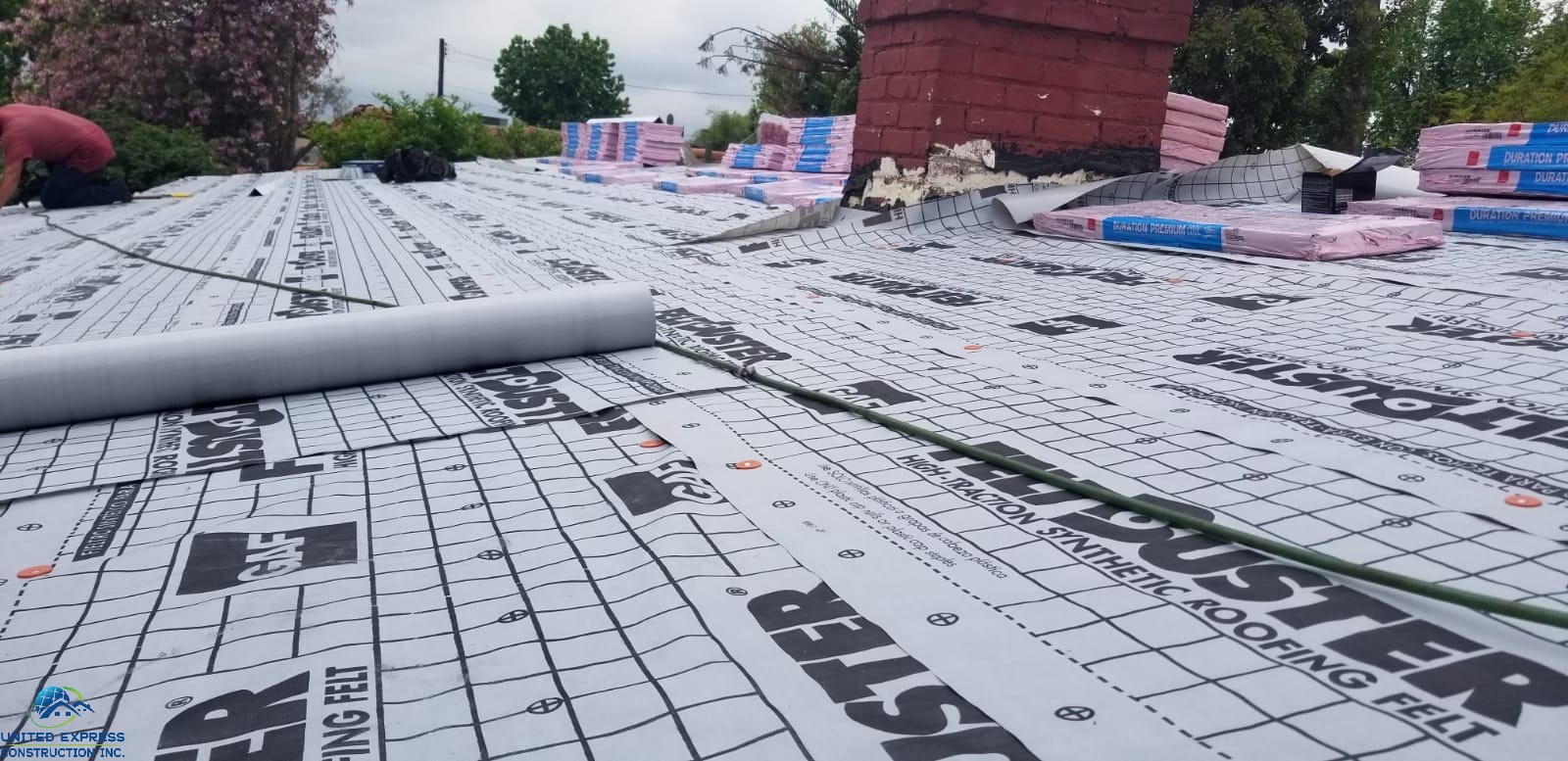Why You Should Replace Your Roof?

Full Roof Replacement
Rain will wear down shingles and other elements of a roof. The damage can involve lost shingles and moisture penetration in the underlayment. This water damage can penetrate the roof deck and eventually compromise the structural integrity of the home. Excessive moisture may also lead to rot and mold inside your home, which spells trouble both structurally and for the health of your family.
The Heat
The roof on your home can reach very high temperatures during the day, quickly cooling off when the sun sets, which causes roofing and construction materials to expand and contract. This, in turn, weakens your roof’s structural integrity as time passes Constant contraction and expansion can strain it physically, older roofs are more prone to splitting and cracking in warmer weather. Humidity in the air can contribute to roof damage. Condensation can settle beneath the Roof, which may result in water damage or leaks
When the Heat transfers back out again, it speeds up the deterioration of the roof. High temperatures accelerate chemical processes in the process, causing your roofing and construction materials to break down faster. Replacements will be needed much sooner and costly repairs needed for any damage.
When there is Snow
During the frigid winter, your roof suffers from the heavy weight of snow and ice causing stress. The roof can cave in due to the accumulation of the snowfall. Rainwater will flow to the lowest point of your roof, once the temperature drops below freezing, this can form large ice blocks. As these large ice blocks increase with weight, the stress of the roof increases also posing a higher risk of cave-ins. If there is enough ice accumulating on the roof, it can form ice dams. This is caused by ice and snow melting, flowing down the roof and the freezing right at the edge of the roof. Ice dams can cause major gutter damage and may even tear the flashing off the roof
Due to the accumulation of snow and ice, cracks can become present. When water seeps into even the tiniest cracks, this could pose a major issue for your roof. Not only can this cause leaks into your home, but the cracks can become much more prominent. If there is a crack in your roof and the water seeps in, a leak can be caused. However, if the water doesn’t leak and it freezes, the crack can expand causing an increase in size. Even the smallest cracks can expand and can even cause the shingles to move causing even more leaks.
When the Wind blows
If you are in a high wind area 45-75 mph and up, Roofs are very susceptible to wind damage, in part because high winds do not hit roofs uniformly. Rather, wind tends to cause damage to the edges of the roof, or areas of the roof that are already loose. These loose parts of the roof are easy targets because winds can more easily rip up loose shingles, causing a chain reaction.
The wind itself can also result in structural damage to your home. When high winds hit a roof, shingles can loosen or fall off. If wind speeds are very high, even new, secure shingles can tear away. Other wind damage to a roof includes damage caused by falling objects and debris such as tree branches
The roof may have bang-ups, loose shingles and/or spots of missing asphalt.
When there is Termites
Termites can eat away and burrow into the wood of your roof.
If left untreated, the expanding termite infestation will weaken the wooden framing that supports the roof. You can lose shingles, Tiles, Get holes in roof and water damage from leaking. This may require New Sheathing (Plywood), Rafters, Underlayment, and Fascia Boards.
The process involves removing the old roof and any underlayment to expose the roof sheathing. Once the insulation is installed, new underlayment and Shingles, Tile, Shake are installed.
CALL UNITED EXPRESS CONSRUCTION INC. 818 369 8823 OR EMAIL INFO@UECSOLAR.COM *For a cost free estimate

Tear off and New Sheathing (Plywood) Installed



